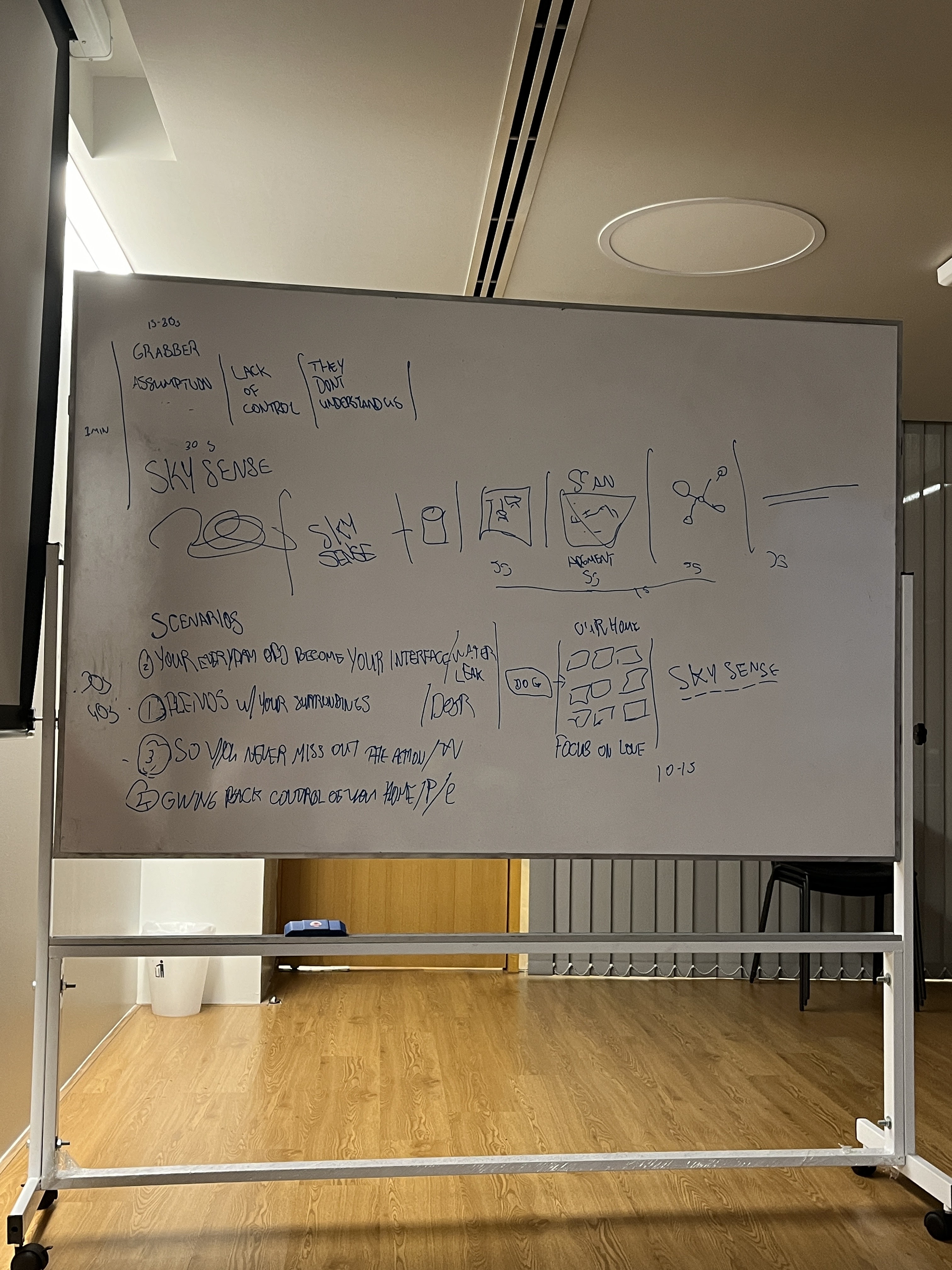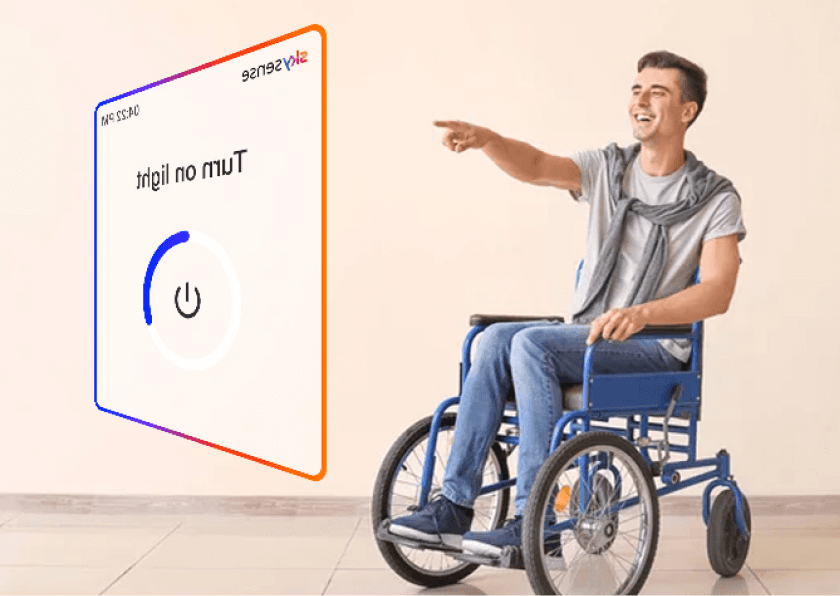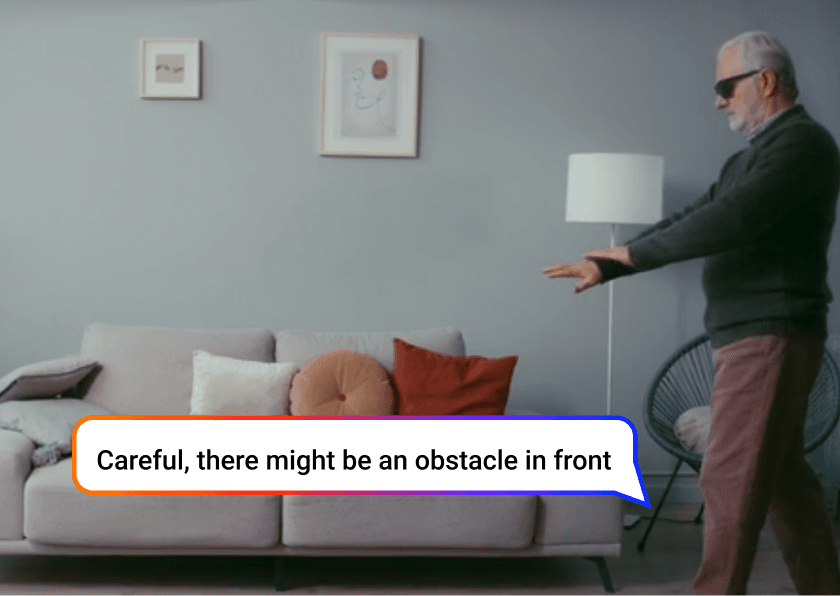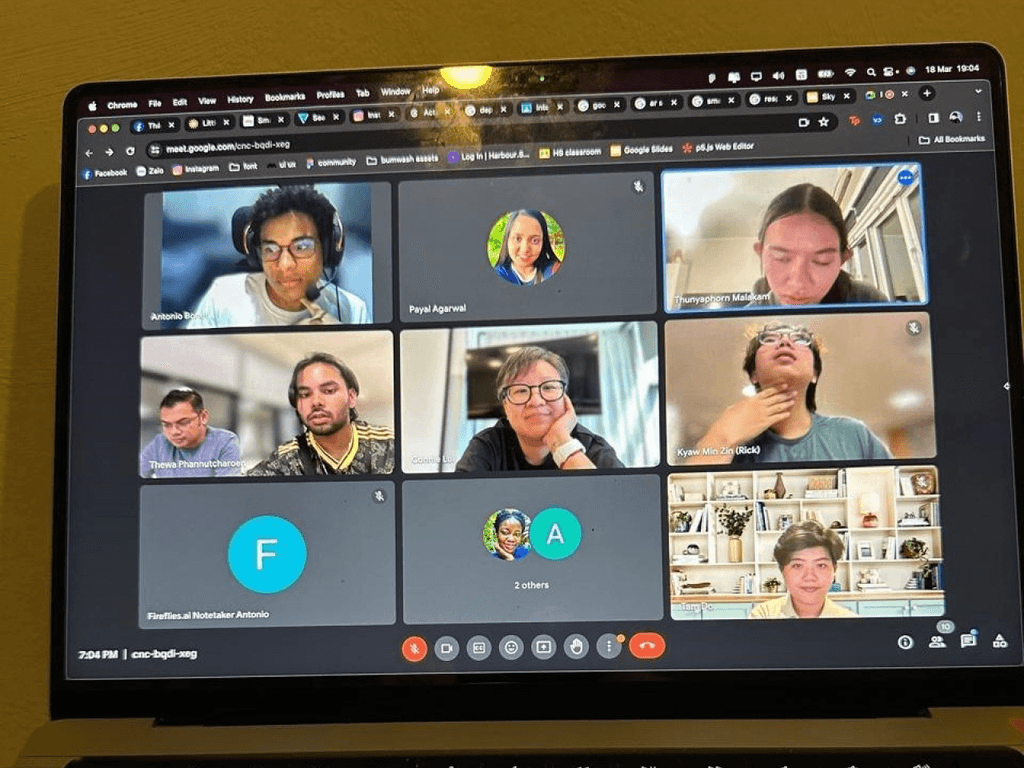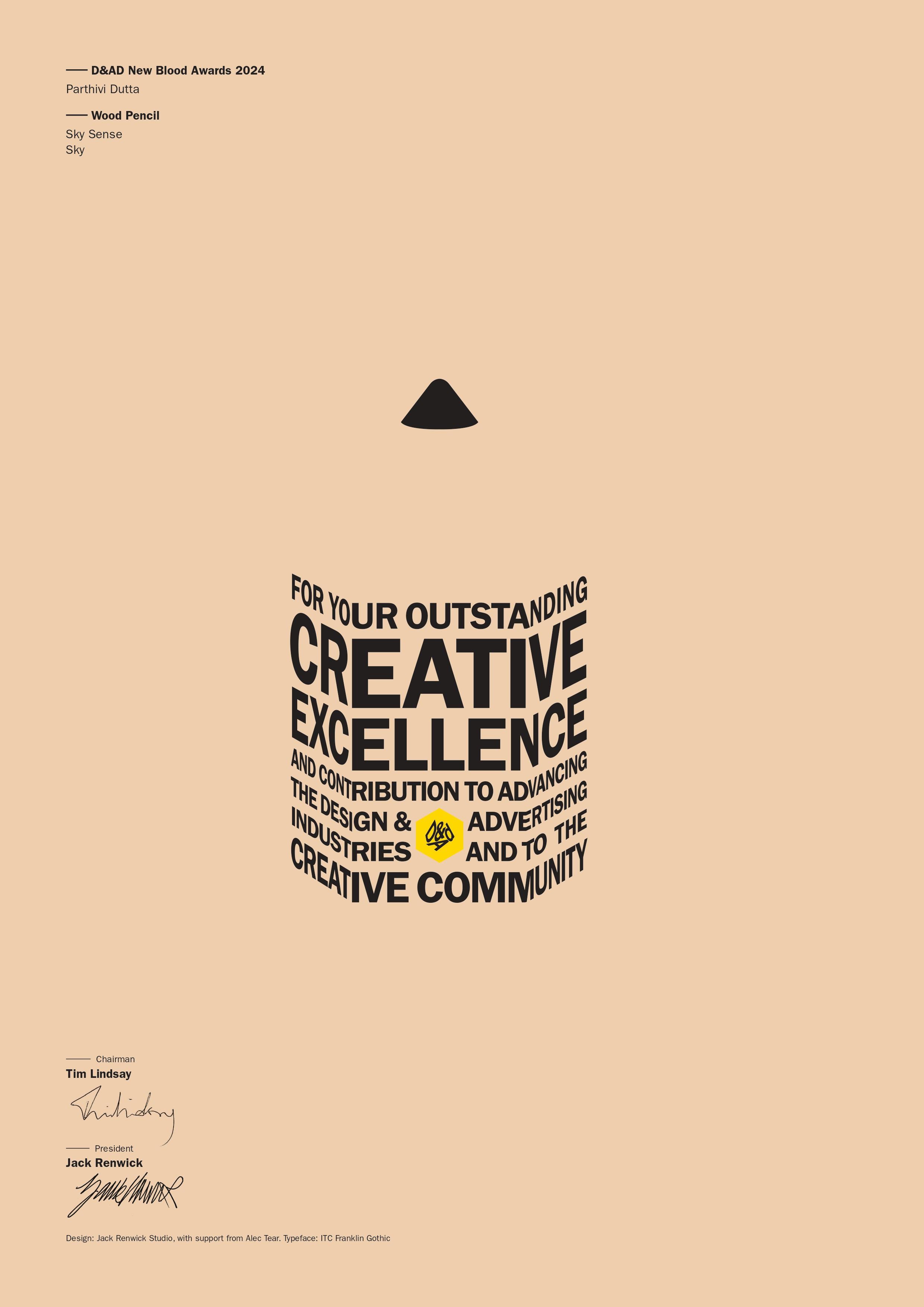Worked with
Tam Do Thi
Antonio Bonet
Mentors
Connie Lui
Hiram Aragon
Javier Rebolledo
Timeline
12 days
(March 2024)
The approach
the brief we got
The initial brief was broad. We set out to understand and break it down
The ask was to design a smart home product for Sky consumers, focusing on speculative, experience, and/or service design. The product needed to be inclusive, accommodating people with disabilities, and ensuring accessibility. Our target was a diverse audience, aiming to enhance users' connections to their passions. The design had to be futuristic, considering technological advancements anticipated by 2030.
We thoroughly studied it, identifying keywords, and condensing it. Then, we rewrote it in our own words, breaking it down step by step until we had a version we were excited to tackle.
With this, we had the redefined version of the brief which would serve as our guiding north star for the forthcoming processes.
The redefined brief
Why?
To design a futuristic, inclusive smart home product that focuses on the user experience and empowers users to regain control.
Research and Inspiration
Looking into the sky ecosystem, researching the available technology and understanding our target audience
We began exploring the Sky smart home ecosystem, validating our assumptions to ensure our approach was feasible. We reviewed Sky's existing smart home products and studied their company values, style, language, and overall approach. We also identified products they would never make or work with.
To understand future technologies, we explored expanded and mixed reality, studying products like the Apple Vision Pro and Humane AI Pin, among others. We also spent a lot of time studying new technology within our interest space, extensively looking at real-time location Ultrawideband technology and non-wearable XR products.
For inspiration, we studied speculative designs by Google Design Labs, Meta, and IDEO, understanding how designers think outside the box. We also invested significant time exploring IoT in smart homes. Google's Little Signals inspired us to consider human emotions and expectations, emphasizing the importance of providing users with familiar experiences rather than something too novel.
On the user front, we focused on addressing accessibility. We wanted to cater to a diverse group. We examined various instances, researching both permanent and partial or situational disabilities, such as an individual with an injury or a mother holding a child. We also reviewed existing products in the market that address these scenarios.
Research Insights
People with disabilities prefer not to rely on other people, they want to be independent and have control over their own lives.
Our target audience
Who?
Accessible to all, including those with permanent disabilities and underrepresented individuals with temporary disabilities.
Ideating
We defined our concept, giving it a shape and form
We then moved on to ideation. We began by individually generating a variety of ideas, unrestricted by absurdity but guided by the research we had conducted so far. Afterward, we came together to exchange these ideas and provide each other with feedback. We also had a round where we selected some of the best ideas and presented them to our mentors for external feedback. With this information and all the feedback gathered, we finalized the shape and form of our product, clearly defining what it would do or solve.
Final product
What?
Sky Sense- simplify and integrate smart home technologies, creating intuitive, inclusive, and empathetic environments that adapt to individual needs.
The final submission
As per the requirement, we had to submit our idea on a few slides and an ad-style video

26% of people with disabilities struggle with smart home applications
Reliance on touchscreens and complex interfaces creates a barrier that excludes people with disabilities and those who are less tech-savvy. Smart home technology often has a steep learning curve, causing many to resist it. Although smart gadgets aim to assist, they are not yet fully accessible.
Isn't it time for a more inclusive approach?
Imagine a home that responds to your voice, gestures, and routines.
A smart home that gets your needs and lends you a hand when you need it.
What if your home

Has gesture-enabled control?
Simply point to control your home's lights from wherever you are
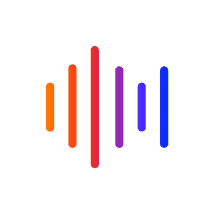
Becomes your sixth sense?
Providing auditory cues about the layout of a room or announce the presence of obstacles

Shows you intuitive projections?
A doorbell that, when rung, projects a visual notification in the space you’re occupying.
Building a unified smarthome ecosystem
Sky Sense syncs your devices, transforming data into adaptive, intelligent living spaces.

Ambient intelligence
Your home evolves with a new sense of awareness. It hears your voice, learns your routines, and communicates intuitively

Seamless interaction
Voice commands, gestures, or routines. Choose how you interact with Sky Sense, ditching clunky apps and intrusive screens.

Proactive partner
Analyzes data & whispers insights: a chime for fresh air, a gentle plant reminder. Adapting to your home, it empowers a healthier, more comfortable living.
Designed to work with Sky Protect
Sky's existing range of smart home products consists of the video doorbell, indoor camera, motion and contact sensors and leak sensors. Sky sense is designed to not replace, but compliment and enhance the existing Sky ecosystem , making it more accessible and intuitive for all.
Your home, smarter, kinder, connected
Elevating your home to a new level of understanding. Through ambient intelligence, it learns your preferences and adapts seamlessly. Creating a truly connected and responsive living space.

Audio

Visual

Gesture

Haptic







